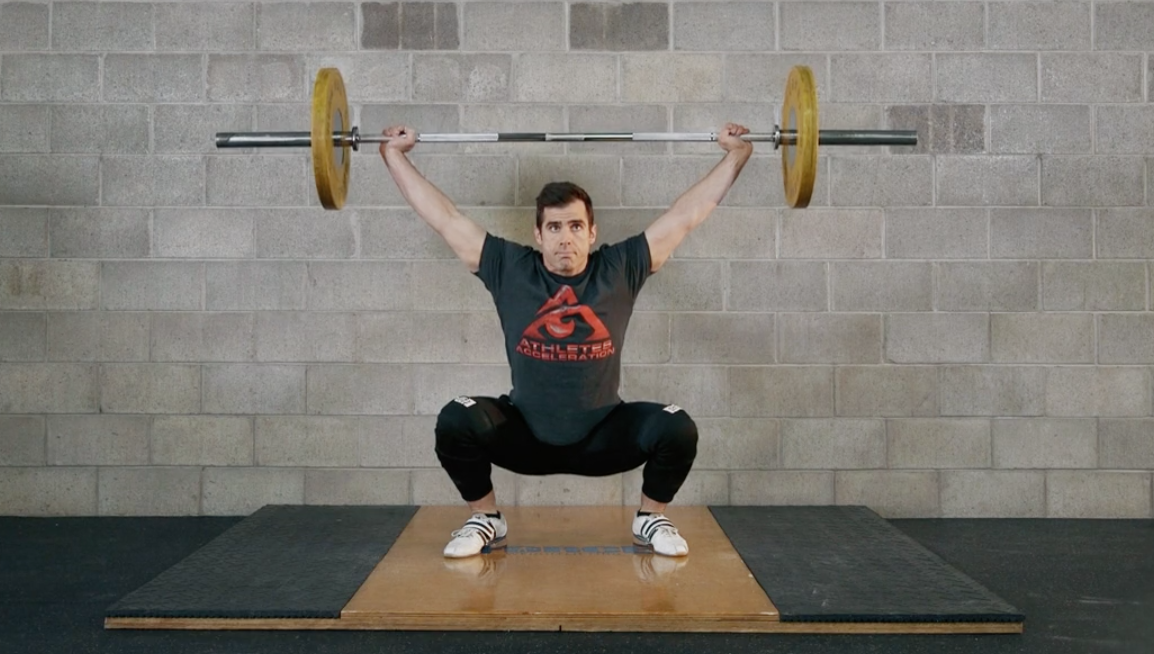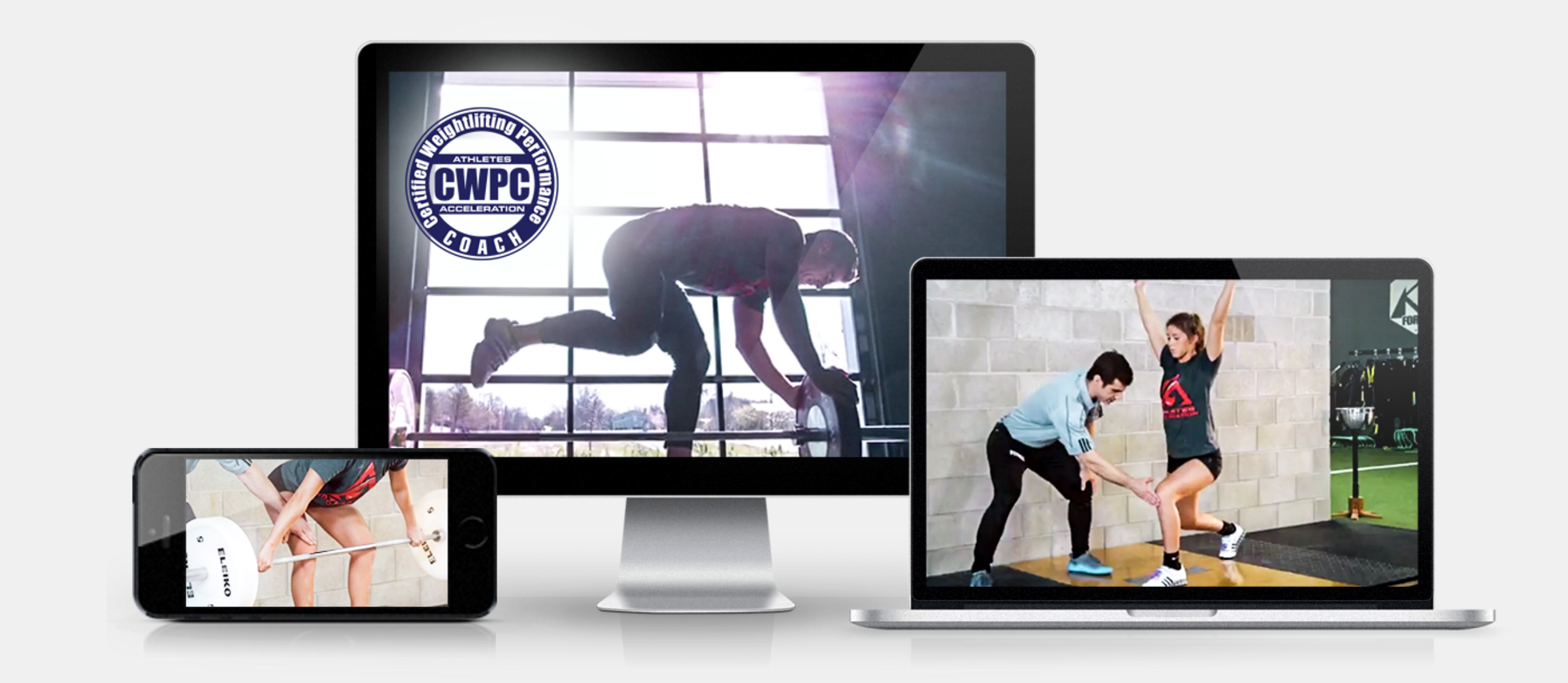Training others to Coach Weightlifting Movements
By: Coach Wil Fleming

Recently I was accused of being under the influence of the cognitive bias known as the Dunning-Kruger effect.
You might have heard of it or recognize it when I sum it up as saying that people of low ability often mistakenly overestimate their own ability. The other end of the spectrum is people of high ability often underestimate their ability or over simplify difficult concepts.
While the person who suggested this, said that I was underestimating my own ability to teach Olympic lifts and (I think) meant it as a compliment, I believe that I am not operating under the shroud of a cognitive bias.
I used to struggle to teach the lifts, I was taught by really good coaches when I was young and never went through a lot of struggle to learn them myself. When athletes would come in during the early days of Force Fitness, I could show them how to lift but not really teach them how to lift. So what changed?
I dedicated a lot of time and a lot of effort to figuring out the most effective ways to teach the lifts, but not only that. I also dedicated a lot of time to learning how to teach others to teach others how to lift. It was a necessity, I had to.
With a growing business, I couldn’t be the only person in the gym that could teach the lifts competently like I was in the early days of Force Fitness. I wanted more athletes to benefit from weightlifting movements, not just the individuals I was coaching.
My process for teaching them to coaches comes down to 4 factors:
1) Confidence it can be done
I knew it could be done, I had been taught by really good coaches, and every coach in that room coached it similarly. This gave me confidence that I could develop something similar.
Weightlifting movements are not difficult to teach and they’re not particularly difficult to coach either. They are difficult to master, but that is similar to most skills. If entire baseball teams can be coached to hit a baseball being thrown at them by a person who doesn’t want them to hit it, how difficult could it be to lift a barbell off the ground?
The big point is that you have to keep coaching, weightlifting movements aren’t things that can be taught once and left for done. Keep teaching, keep coaching, and you will have a group of coaches that can deliver it over and over.
2) Have a system of teaching
This is a big one, because when you develop or learn a system for teaching you finally have something that is repeatable. If you know that every athlete in your gym comes in and is delivered the same content, you can be assured that each athlete is going to be competent in the olympic lifts. They are not going to be a master after being taught the lifts, but they will know the basic concepts, positions and movements.
This is like the curriculum of a traditional class, some individuals will pick up on it quickly and some may be slower to pick up on it. At the end of the year you may have some advanced athletes and some athletes that are still in the earlier stages, but when you have a curriculum, you can be certain that each athlete will end up with a certain base level of knowledge.
3) Make mistake spotting easy for your coaches
The easiest way to spot mistakes in weightlifting movements is to learn from others. If you don’t have an eye familiar to 1000’s of lifts, then mistake spotting can be difficult. So to bring my coaches up to speed I instruct them to only watch the receiving position on the 1st lift of any set.
From the receiving position we can get a lot of information on balance, positions, movement etc.
The receiving position is like the symptom of an infection, we don’t treat the runny nose we treat the virus itself.
If you see: Jumping forward.
Cause: Some element of the athlete’s balance is too far forward
If you see: Wide feet on catch position.
Cause: Over-pulling with the arms
If you see: Hips forward at catch.
Cause: Pulling with the back
Once we see the symptom on the receiving position, we can identify some common mistakes that may be happening throughout the lifts
4) Have “go to” corrections
When you have a company you want to establish a “message” or talking points. Not because they sound cool (sometimes they’re lame anyway), but because you want to have consistency in your culture.
For coaches, the best buzzwords should be coaching cues. If you have consistency in your coaching, your coaches should be able to deploy these easily to make corrections.
We have 3 tiers of cues to make corrections, each with differing levels of effectiveness for differing levels of athletes.
Internal cues are our first tier and the ones which we want to use least often, those are cues that focus on the movement and action of individual body parts, usually these are pretty advanced and require that the athlete has a pretty good sense of awareness of their body in space.
External cues are the second tier. In this level we refer to vivid ideas of movement, or the result of a movement, these are pretty good for most athletes because they’re almost metaphorical in a sense.
The best and most effective tier of corrections is to use the environment around the athlete to create a better movement, we typically do this by incorporating some sort of complex movement that requires the athlete do it correctly to complete it.
To take for instance the idea of an athlete landing in with a wide (starfish) stance during a power clean, which we know to be caused by over-pulling, we can use the following:
Tier 1: Internal cue.
Best for: Advanced athletes
Cue: Use your hips and legs to extend more, less with your arms.
Tier 2: External cue.
Best for: Most athletes
Cue: Make your arms like noodles, punch the elbows and sit.
Tier 3: Environmental cue
Best for: All athletes
Cue: Power clean + Front squat, requiring that the athlete be in the proper stance to complete the front squat. Within a few reps their feet will not jump wide.

Conclusion
Getting your athletes to complete the Olympic lifts effectively will be rewarding to their performance. While getting your coaches to coach the lifts effectively will be rewarding to you and only amplify the number of athletes you can effect positively.
By using the steps above, you can develop a system for creating coaches that can really teach weightlifting to your athletes.
If you are looking for a system to call your own, please consider using the Certified Weightlifting Performance Coach system of teaching and correcting. The first individuals to ever take and become certified in the system are my own coaches at Force Fitness, and I have seen an immediate change in our ability to coach the lift across the entire staff.
In Strength,
Wil Fleming
Recommended Athletes' Acceleration Products


0 Comments for “Training others to Coach Weightlifting Movements”